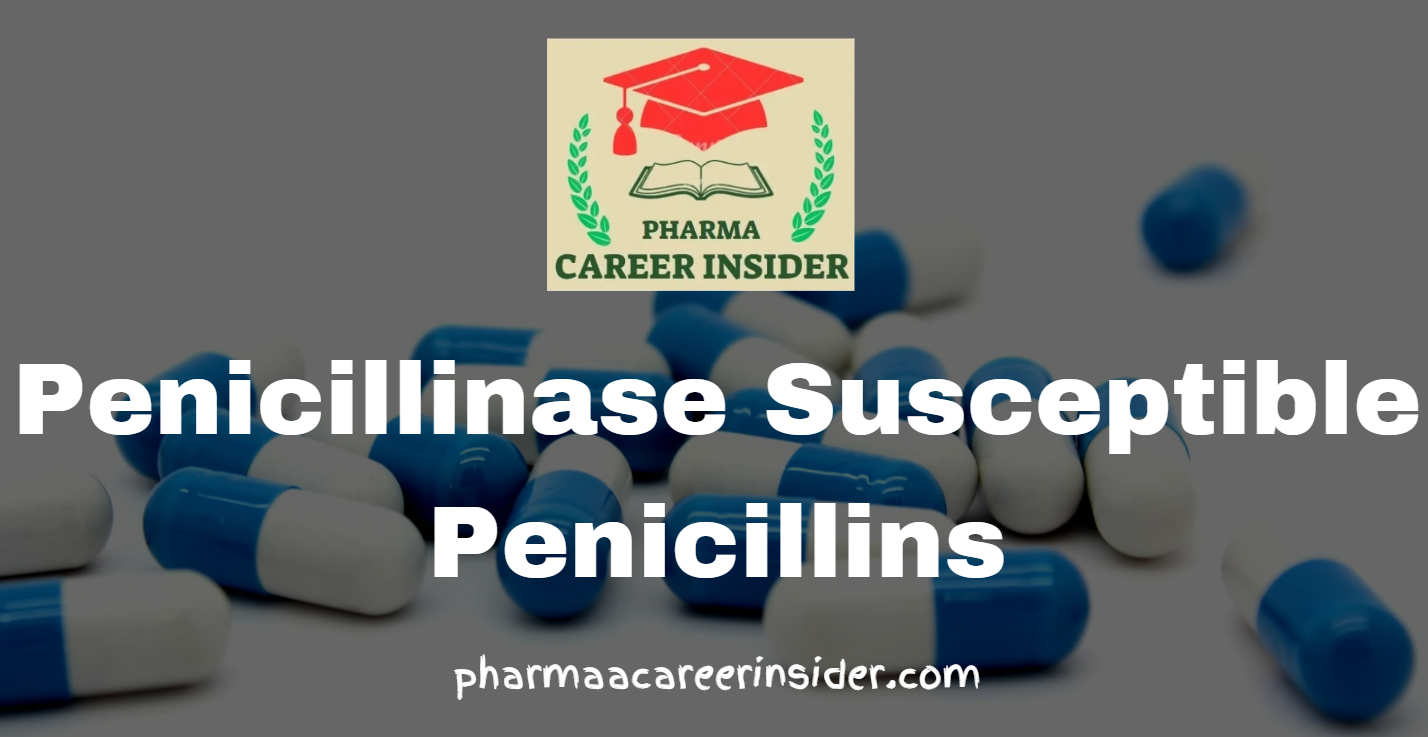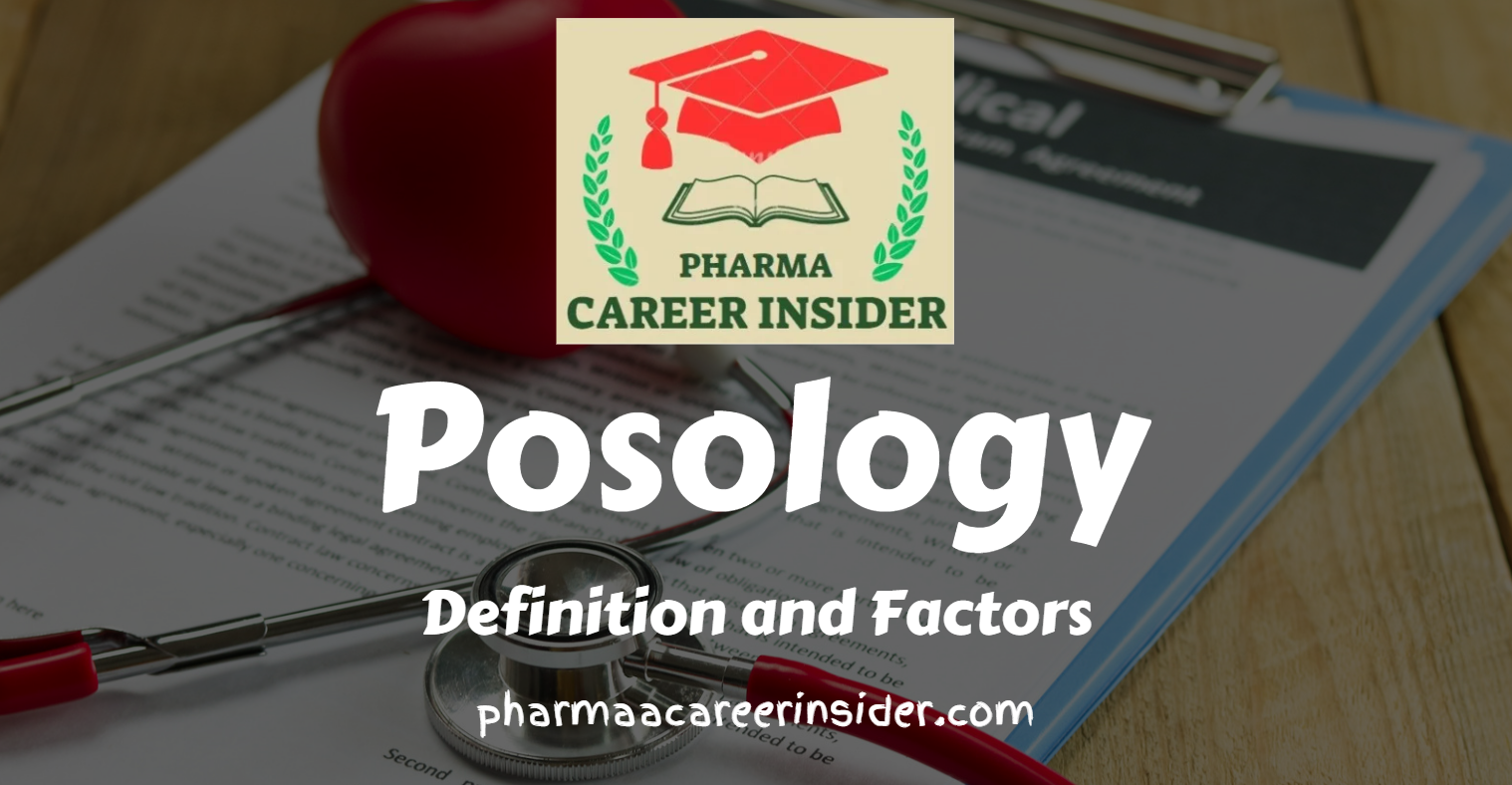Penicillinase-susceptible penicillins are a class of antibiotics, including penicillin G (benzylpenicillin) and penicillin V (phenoxymethylpenicillin), renowned for their pivotal role in combating bacterial infections since their discovery by Alexander Fleming. These antibiotics disrupt the synthesis of bacterial cell walls, leading to bacterial cell death. Penicillin V is often prescribed for less severe infections, like strep throat, due to its oral administration, while penicillin G is typically administered intravenously or intramuscularly for more severe infections. However, their efficacy can be hampered by penicillinase-producing bacteria, which break down the antibiotic. Despite this, penicillinase-susceptible penicillins remain crucial in treating many bacterial infections and continue to be foundational in modern antibiotic therapy.
1. Penicillin-V

Synthesis of Penicillin-V

Properties and uses of penicillin-V
Penicillin V is a white, odorless, crystalline powder with a slightly bitter taste, soluble in water. Compared to penicillin G, it is more resistant to inactivation by gastric juice and better absorbed from the gastrointestinal (GI) tract, resulting in two to five times greater plasma concentration with equivalent oral doses. It is commonly used to treat conditions such as ‘trench mouth,’ streptococcal pharyngitis, pneumonia, arthritis, meningitis, and endocarditis caused by Streptococcus pyogenes.
For treatment, the oral dose of penicillin V ranges from 125 to 500 mg six times daily for a period of 10 days. The dose is usually 125 to 250 mg twice daily for the prophylaxis of rheumatic fever.



